Description
Priory Polishes Shellac Sanding Sealer is used to seal wood to provide an excellent base-coat and barrier between the first coat and the next layer of French polish. It is also used to seal wood stain on the timber. Our Shellac Sanding sealer is produced from pure shellac and alcohol with a special additive included to allow it to sand much easier and smoother than other Shellac polishes, once dry. This shellac based product has a cloudy appearance from the fine powder that is added, but it is completely transparent when applied. Priory Polishes Shellac Sanding Sealer helps to fill the grain, smoothing the surface quicker than using plain Shellac polish. Sanding sealer is applied with a special soft hair polishing brush in the same direction of the grain of the wood.
How to Apply Priory Polishes Shellac Sanding Sealer
- Ensure the wood that is going to be sealed is clean, dry and free from dust and dirt etc. You may want to fill any imperfections or small chips using our Wax Filler Sticks before use. Sand the surface to a smooth finish.
- If needed, stain your timber to the suitable shade required.
- Shake the Shellac Sanding Sealer well before use as the additive will settle in the bottom.
- Apply in a warm dry atmosphere and always in the direction of the grain with a soft hair polishing brush. You can de-nib between coats if necessary but allow drying thoroughly between coats.
- For more detailed instructions on French Polishing please see our Guide to French Polishing.
- Finish using either our Shellac French Polish on darker woods or our Transparent Polish on lighter woods. If you are looking for a more satin finish just wax using our Finishing Bees Wax Furniture Polish.
Frequently Asked questions
What is sanding sealer used for?
A sanding sealer is a very important application to apply to bare wood before waxing or French polishing. It can be used on any wood surface and is also used to seal in the stain on your timber. It is used as base coat that dries quickly and seals the pores of your wood. It can then be easily smoothed using a fine sanding pad.
When should I use sanding sealer?
You should use a sanding sealer sealer on bare wood or if you have stripped the old finish from the wood. Stain first and then seal the stain whilst filling the grain with the sealer. It can also be used on furniture, floors, doors, skirting boards, architraves and other timbers around your home prior to finishing.
Do I need to sand after sealing?
Yes, after sealing the timber should be lightly sanded to a smooth finish but be careful not to sand through the sealed barrier as this can remove the stain from underneath.
Should I use sanding sealer before staining?
No, you must always stain the wood first and then seal in the stain with the sanding sealer. The stain will not penetrate through the sealed coat.
How many coats should be applied?
We would recommend one coat but if the seal looks a little thin, you can apply a second coat. It mainly depends on how you are finishing the piece. If French polishing, one coat will be plenty but if you are finishing with a wax finish, then you may want to add a second. Always lightly sand between coats.
How long should I wait to dry before sanding?
This depends on how warm and dry the atmosphere is but we would wait at least 3 hours, but I would recommend to leave for 24 hours to ensure it is fully dry.
How do you apply sanding sealer?
For best results, we would recommend to apply using a French Polishing Brush as this has very soft bristles so will give you the smoothest finish. This is very important when French polishing as you do not want any streaks in your finish.
Is this high-quality shellac of a Clear colour?
The Shellac Sanding Sealer is more of a clear finish, but this will enhance the natural colour of the wood.
Please note
All equipment must be cleaned whilst wet with Methylated Spirits
Always test in a small inconspicuous area first to ensure you are happy with the results.
Always wear protective gloves when using this product.
Safety Data Sheets


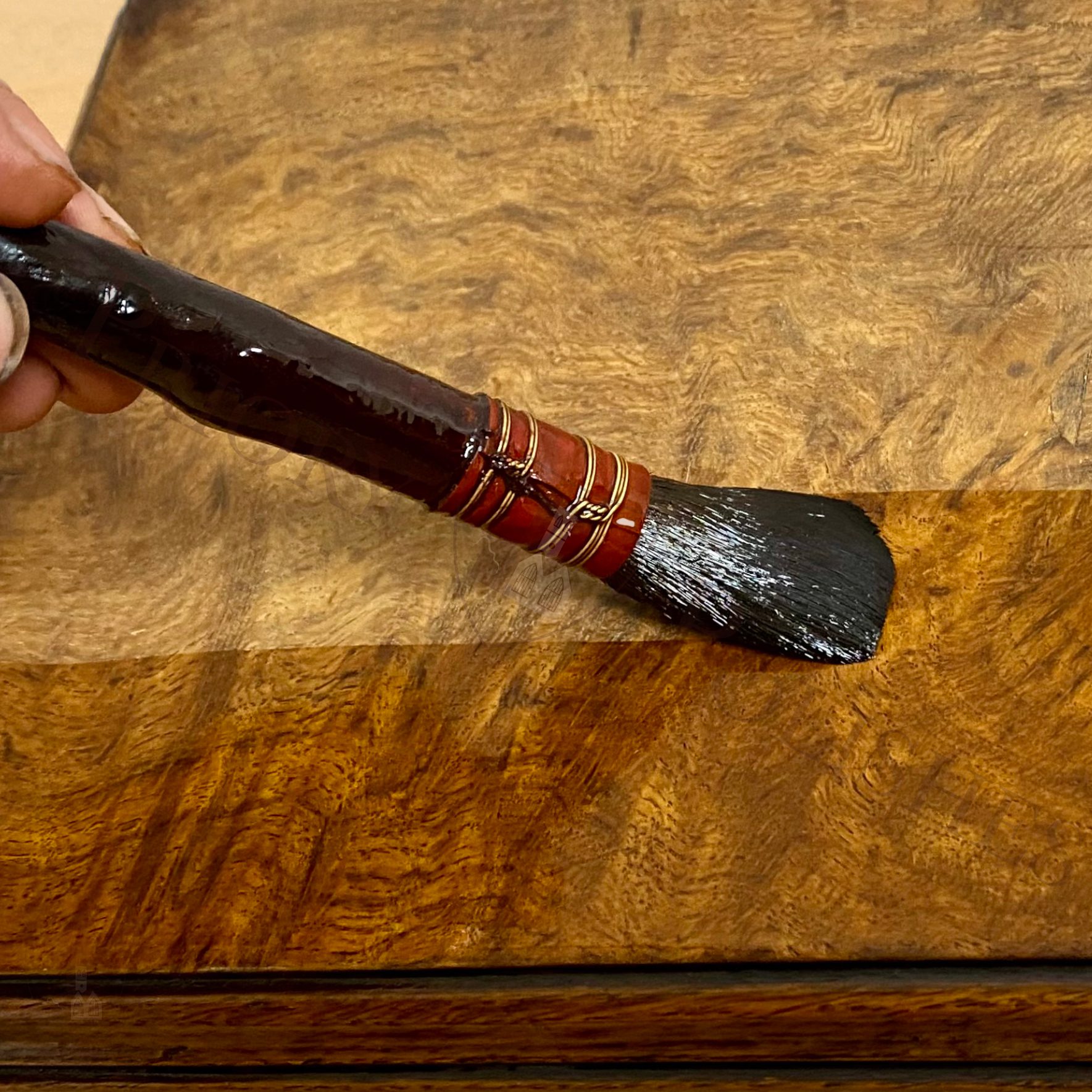
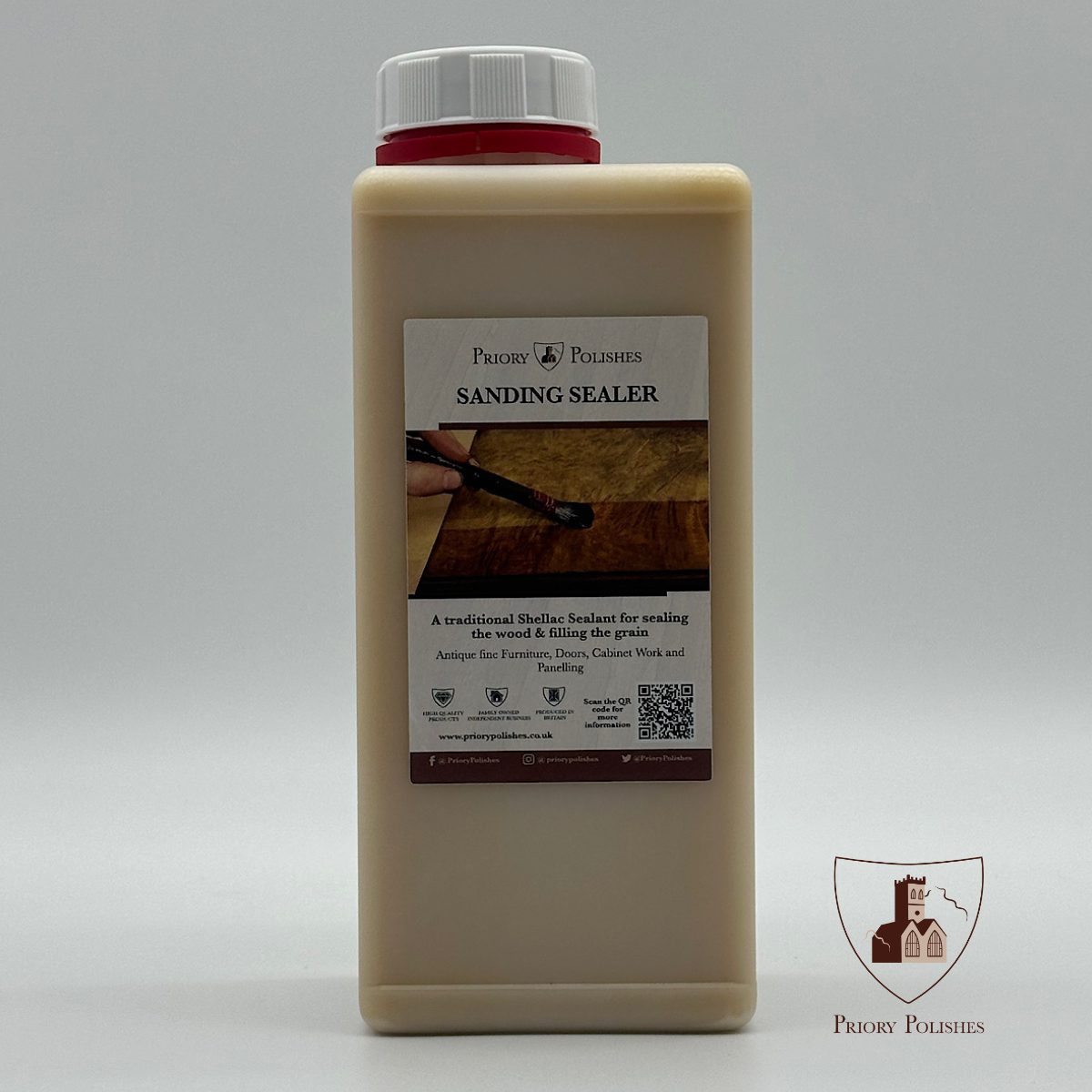

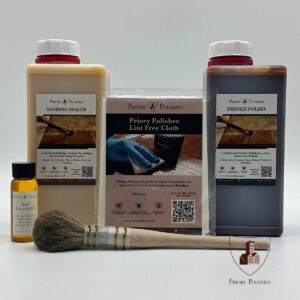
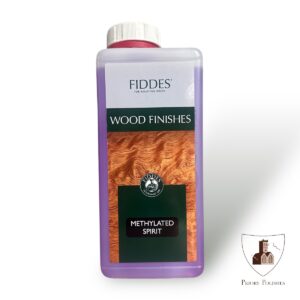
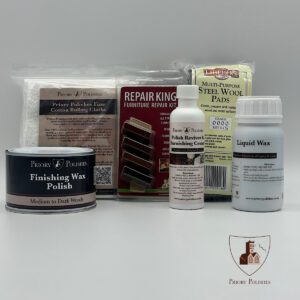
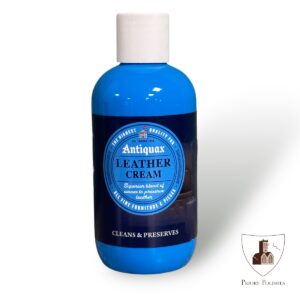

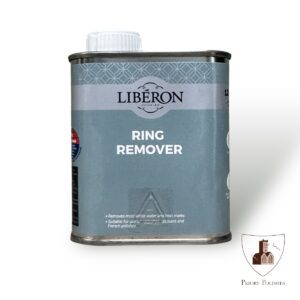
David (verified owner) –
first class service
Ian Hardie (verified owner) –
The sanding sealer works well and makes the wood a little darker. The price was good for the amount of sealer ordered. My order was despatched quickly and arrived safely, well packaged and undamaged.
Colin H. (verified owner) –
Excellent product